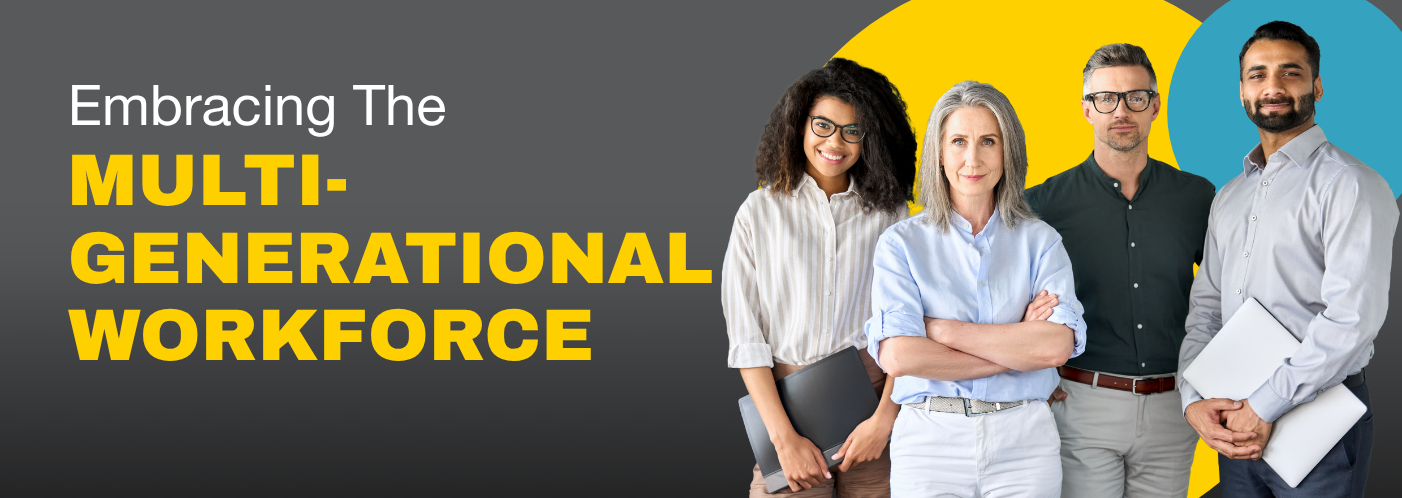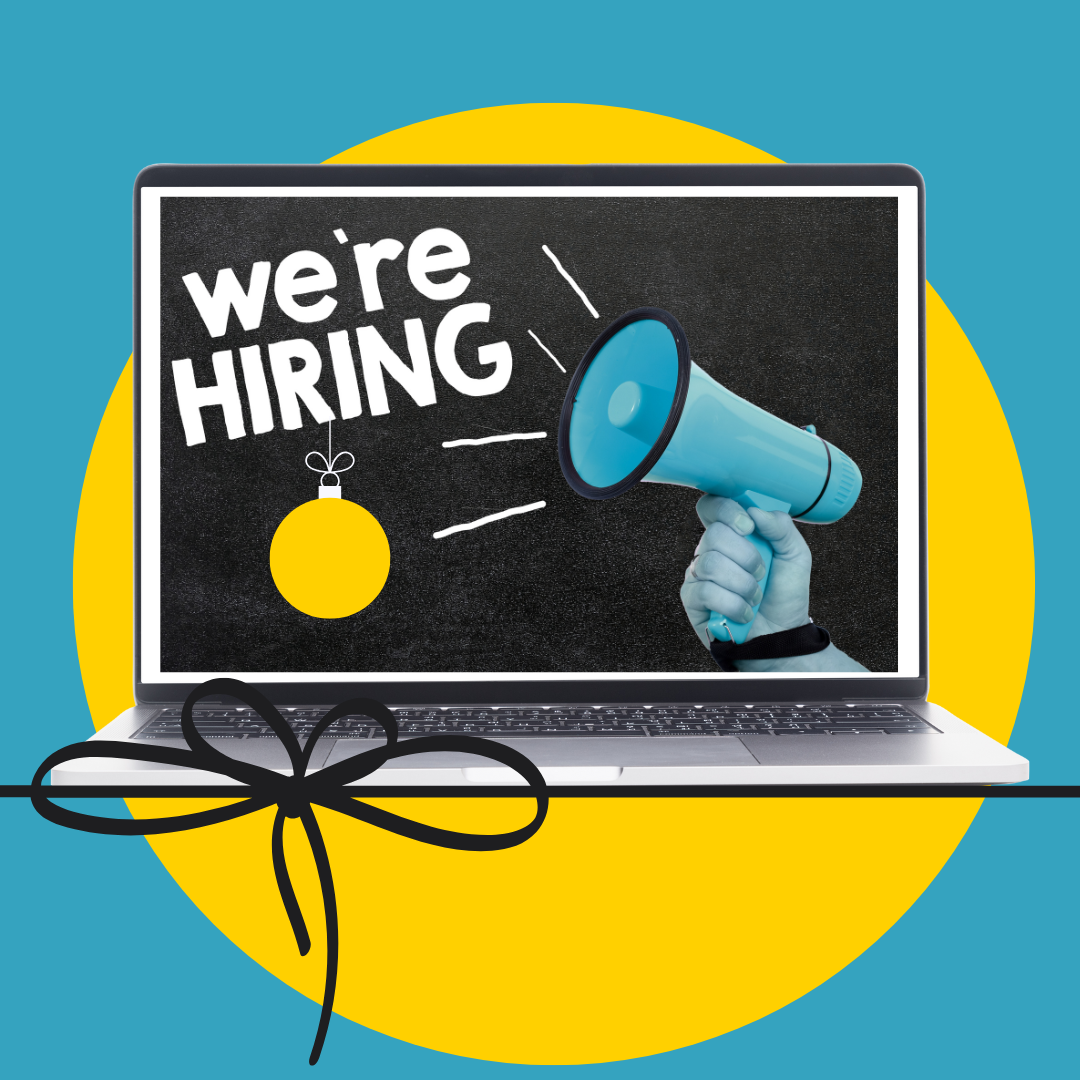From Boomers to Gen Z: How to Lead and Thrive in a Multi-Generational Workforce
Why a Mix of Ages Isn't a Challenge—It's Your Greatest Competitive Advantage

For the first time in history, up to five distinct generations are working side-by-side. This historic convergence of different age groups, communication styles, and worldviews is often portrayed as a challenge for leaders to navigate. But the most forward-thinking companies see it for what it truly is: a powerful opportunity.
When managed with intention, a multi-generational workforce becomes a hotbed of innovation, mentorship, and diverse perspectives. The challenge isn't managing differences; it's creating an inclusive culture where the unique strengths of every generation can shine. At Sedona Staffing, we specialize in building diverse, high-performing teams where every employee feels valued and empowered to contribute.
🔍 What is a Multi-Generational Workforce? A multi-generational workforce is a workplace composed of employees from different generational cohorts, each with its own general characteristics, values, and communication tendencies shaped by their formative experiences. While it's crucial to avoid stereotypes and treat everyone as an individual, understanding these general tendencies can provide a helpful starting point for leaders:
- Baby Boomers (born 1946-1964): A competitive and goal-oriented generation, they are known for their strong work ethic and loyalty.
- Generation X (born 1965-1980): Highly independent and resourceful, they value autonomy and a healthy work-life balance.
- Millennials (Gen Y, born 1981-1996): Tech-savvy and collaborative, they seek purpose in their work, regular feedback, and opportunities for development.
- Generation Z (born 1997-2012): True digital natives, they are entrepreneurial, value transparency, and expect flexibility and social responsibility from their employers.
🤝 Why Embracing Generational Diversity is a Superpower A team that blends the experience of older generations with the digital fluency of younger ones is poised to outperform its competitors. The benefits are clear:
- Enhanced Innovation and Problem-Solving: Diverse viewpoints and life experiences lead to more creative and robust solutions to complex problems.
- Rich Mentorship and Knowledge Transfer: It creates natural opportunities for Boomers and Gen X to mentor younger colleagues in industry knowledge, and for reverse-mentoring where Gen Z and Millennials can teach new technologies.
- A Wider Range of Skills: You gain the deep institutional knowledge of veteran employees alongside the fresh perspectives and digital skills of new entrants.
- Better Connection to Customers: A team that reflects the age diversity of your customer base is better equipped to understand and serve their needs.
✅ Five Strategies for Leading a Multi-Generational Team
- Ditch the One-Size-Fits-All Approach Flexibility is key. A Boomer might value a public award for a job well done, while a Millennial might prefer an extra day of PTO. Use multiple communication channels—a formal email for some, a quick chat message for others. Tailor recognition and communication to the individual, not their age bracket.
- Create Cross-Generational Mentorship Programs Be intentional about mixing it up. Formally pair an experienced employee with a newer one. A senior employee can teach invaluable industry wisdom, while a junior employee can introduce new software that boosts productivity. This breaks down silos and builds mutual respect.
- Unite Everyone Around a Shared Purpose Focus on the "why" behind the work. When the entire team is aligned on a common mission and clear goals, differences in work styles become strengths, not sources of conflict. A shared purpose is the ultimate unifier.
- Foster an Environment of Mutual Respect Lead by example. Actively shut down generational stereotypes and jokes. Encourage team members to be curious about each other's experiences and perspectives. Create a culture where every voice is heard and valued, regardless of age.
- Offer Flexible Work and Development Paths While flexibility is often associated with younger generations, employees of all ages appreciate more control over their work-life integration. Similarly, offer diverse professional development options—from in-person workshops to self-paced online courses—to cater to different learning styles.
🌟 How It Looks in Action
Generational Silos: ➡ A veteran Boomer manager gets frustrated when his Gen Z new hire messages him on chat for a quick question. The Gen Z employee feels micromanaged by the manager's insistence on detailed email updates. Innovation stagnates as neither side understands or leverages the other's strengths.
Generational Synergy: ➡ A manager pairs a seasoned Gen X engineer with a new Millennial hire on a key project. The Gen X engineer shares deep institutional knowledge about past product challenges, while the Millennial introduces new project management software that streamlines the whole process. They successfully launch a new product ahead of schedule.
🗣️ Q&A
Q: Are generational stereotypes actually helpful?
A: They can provide a general starting point for understanding different communication and work style tendencies, but they become harmful when used to judge individuals. The best leaders focus on the person, not the label.
Q: Gen Z seems to want constant feedback. Isn't that inefficient?
A: They grew up in an instant-feedback world (likes, shares, comments). Frame it not as "hand-holding" but as a desire for agile, continuous improvement. Frequent, short check-ins can be far more efficient than waiting for a single annual review.
Q: How do we motivate employees from different generations?
A: Ultimately, motivation is individual. However, common themes emerge: Boomers may be motivated by public recognition and leadership, Gen X by autonomy and work-life balance, and Millennials/Gen Z by purpose, development, and flexibility.
Q: What’s the biggest mistake a leader can make with a multi-generational team?
A: Assuming that their preferred way of working is the one "right" way. Great leaders are flexible and adapt their style to get the best out of each individual on their team.
📢 Final Takeaway A multi-generational workforce isn't a problem to be solved; it's a powerful asset to be cultivated. The leaders and companies that learn to harness the unique strengths, experiences, and perspectives of every generation will build more resilient, innovative, and successful teams. The future of work is not about managing generational differences—it's about capitalizing on them.
This article is for informational purposes only and job placement or employment is not guaranteed. This article was written by our team of staffing experts. We leverage advanced AI tools to assist with research and composition, and every piece is reviewed and edited by our team.




